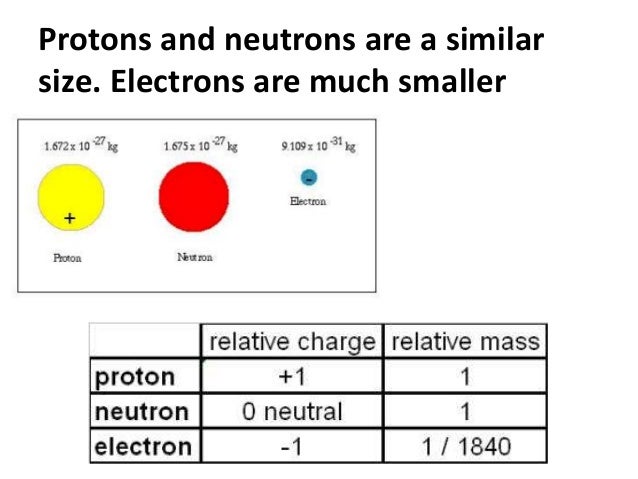Understanding the Standard Deviation Symbol: A Quick Guide

<!DOCTYPE html>
If you’ve ever worked with statistics, you’ve likely encountered the standard deviation symbol, often denoted as σ (sigma). This symbol is a cornerstone in data analysis, helping to measure the amount of variation or dispersion in a dataset. Whether you’re a student, researcher, or professional, understanding the standard deviation symbol meaning is crucial for interpreting data accurately. In this guide, we’ll break down its significance, usage, and how it applies in real-world scenarios, ensuring you grasp its importance effortlessly.
What is the Standard Deviation Symbol?

The standard deviation symbol, σ, represents the measure of how spread out numbers are in a dataset. It’s a key concept in statistics, often used alongside the mean to provide a comprehensive view of data distribution. In simpler terms, it tells you how much your data deviates from the average. For instance, a small standard deviation indicates that the data points are close to the mean, while a large one suggests greater variability.
📊 Note: The standard deviation symbol is often confused with the sample standard deviation, denoted as s. While σ refers to the population, s is used for samples.
How to Calculate Standard Deviation

Calculating standard deviation involves a few steps, but it’s straightforward once you understand the process. Here’s a simplified breakdown:
- Find the mean of the dataset.
- Subtract the mean from each data point and square the result.
- Calculate the average of these squared differences.
- Take the square root of the average to get the standard deviation.
For those using statistical software or calculators, the process is automated, but knowing the steps behind the standard deviation formula is invaluable for deeper understanding.
Practical Applications of Standard Deviation

The standard deviation symbol isn’t just a theoretical concept; it has wide-ranging applications in fields like finance, healthcare, and quality control. For example, in finance, it helps investors assess the risk of a portfolio. In healthcare, it’s used to analyze patient data and treatment outcomes. Understanding its practical use ensures you can apply it effectively in your work.
| Field | Application |
|---|---|
| Finance | Risk assessment in investments |
| Healthcare | Analyzing patient data variability |
| Manufacturing | Quality control and process improvement |

Key Takeaways: Standard Deviation Symbol Explained

To summarize, the standard deviation symbol (σ) is a vital tool in statistics, helping to measure data variability. Its applications span across industries, making it an essential concept to master. Whether you’re calculating it manually or using software, understanding its meaning and usage will enhance your data analysis skills.
Here’s a quick checklist to reinforce your knowledge:
- Understand the difference between σ (population) and s (sample).
- Know the steps to calculate standard deviation.
- Recognize its applications in real-world scenarios.
What does the standard deviation symbol represent?
+The standard deviation symbol (σ) represents the measure of variability or dispersion in a dataset.
How is standard deviation different from variance?
+Variance is the average of squared differences from the mean, while standard deviation is the square root of variance, making it easier to interpret in the original unit of measurement.
Can standard deviation be negative?
+No, standard deviation cannot be negative because it is derived from the square root of squared differences, which are always non-negative.
By mastering the standard deviation symbol meaning, you’ll be better equipped to analyze and interpret data effectively, whether for academic, professional, or personal purposes. Keep practicing, and soon it’ll become second nature! standard deviation formula,standard deviation symbol meaning,standard deviation symbol.



